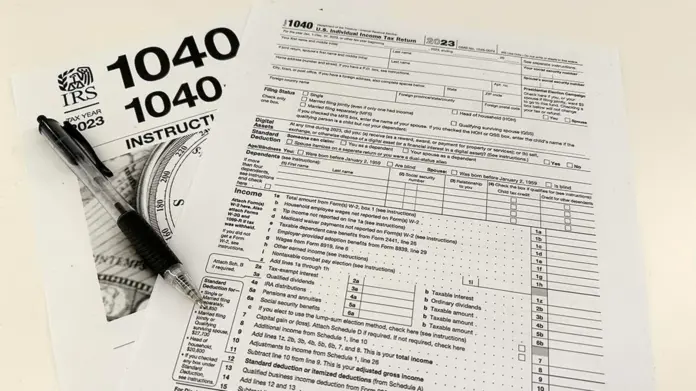Can I Get An Extension If I Can’t File Taxes By April 15? Tax Day is finally here, and millions of American citizens are currently gathering their documents and filing a return. However, there must be many others who know it is highly unlikely for them to be able to file their returns today within the time limit. These people are now looking for ways to get an extension. If you are also someone who can’t file taxes on April 15 and are wondering how you can get an extension, this article is for you. It brings you everything you need to know about filing a tax extension and the easiest ways to do so.
Which States Have Already Declared A Tax Deadline Extension?
Around 12 states that have been suffering from various natural disasters have already declared an automatic extension in the deadline for the population directly affected. According to what the IRS has mentioned, people who were affected by the California wildfires can file their returns till October 15, 2025. People who are affected by the hurricanes like Helene and Milton will also get an extension till May 1, 2025. The severe weather conditions in Kentucky have also given the affected population an automatic tax deadline extension till November 3rd, 2025.
Also read: Tax Day 2025: What Time Are Taxes Due On April 15?
What Is The Easiest Way To File For A Tax Extension?
The easiest way to file for a tax extension is to submit Form 4868 on or before the 15th of April 2025. On submitting the form, you will get an automatic six-month tax extension. You will then have to file your tax returns by the 15th of October 2025. The IRS Direct Pay, the Electronic Federal Tax Payment System, credit, debit card, or digital wallet, are the ways you can use to pay for the tax extension. One thing you must keep in mind while filing for a tax extension is only for the paperwork and not the tax payment. You will still have to assess the liability and make the payment by April 18. In case you are not able to pay for the full liability, you must pay off a portion to minimize your penalties.
What Are The Tax Penalties You Will Have To Face On Filing Tax Returns After The Deadline?
If you are someone who is filing the tax return after the April 15 deadline without applying for a proper tax extension, you will have to face penalties. The penalty is generally 5% per month or part of the month in which the return is late. You will have to face a maximum of 25% penalties for missing the deadline. The taxpayers who are 60 days late will have to pay at least $510 or the tax liability due, whichever is lesser. However, the IRS says you will have an exemption from the penalties if you have a solid reason for the delay. Therefore, whenever you file your tax return late, attach a proper reason for the delay. The penalties for late payment are generally .5% per late month, maximum 25%. The interest charged on late payment is 7% currently.
What Are The Ways To Avoid Penalties?
There are two ways through which you can avoid facing penalties. You will have to simply fulfill the following requirements.
- A minimum of 90% of your total tax liability is paid on or before the deadline through withholding, estimated tax payments, or payments made with Form 4868.
- Paying the remaining balance along with your return.
The IRS has stated that people unable to make full payment can also set up a payment plan.








